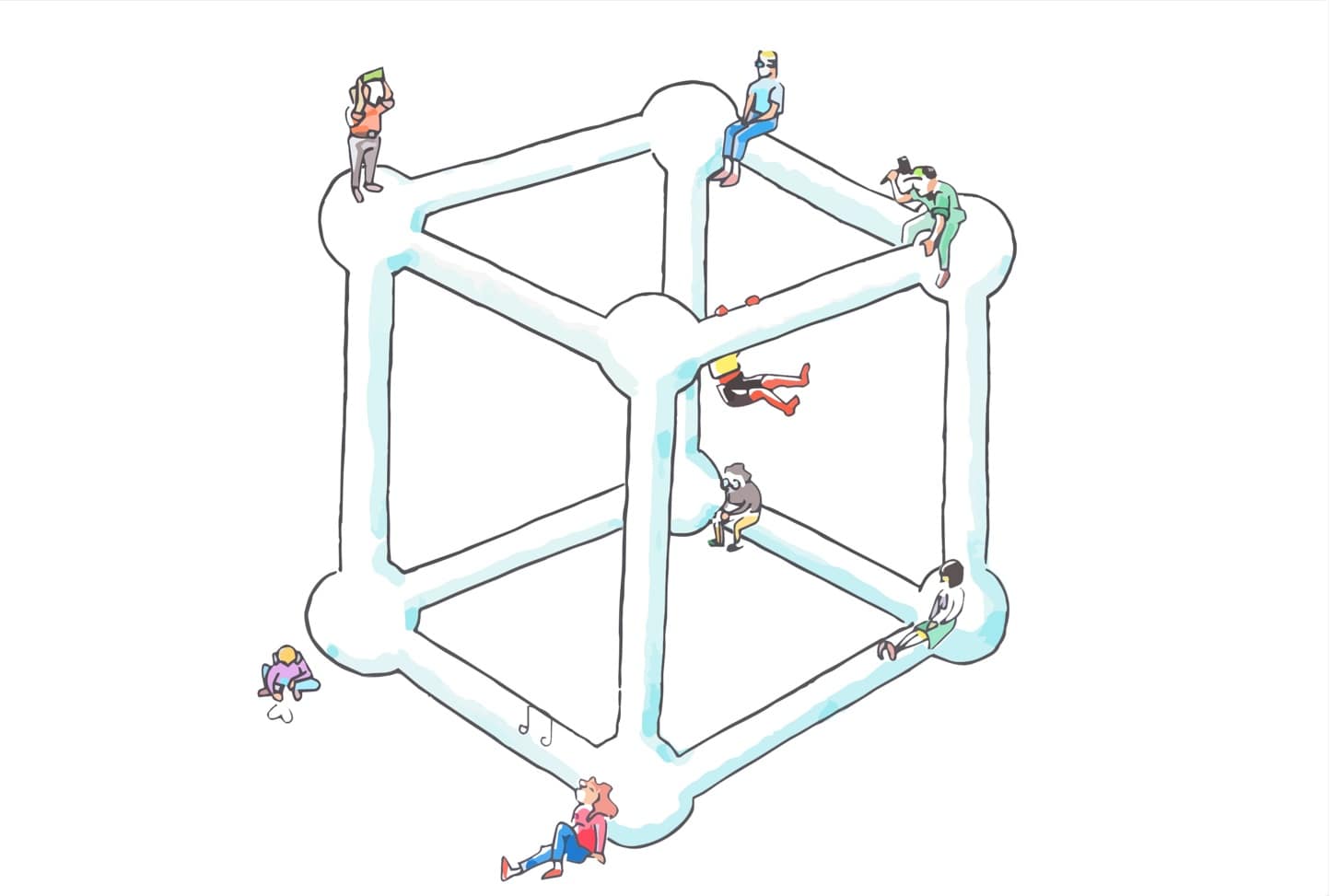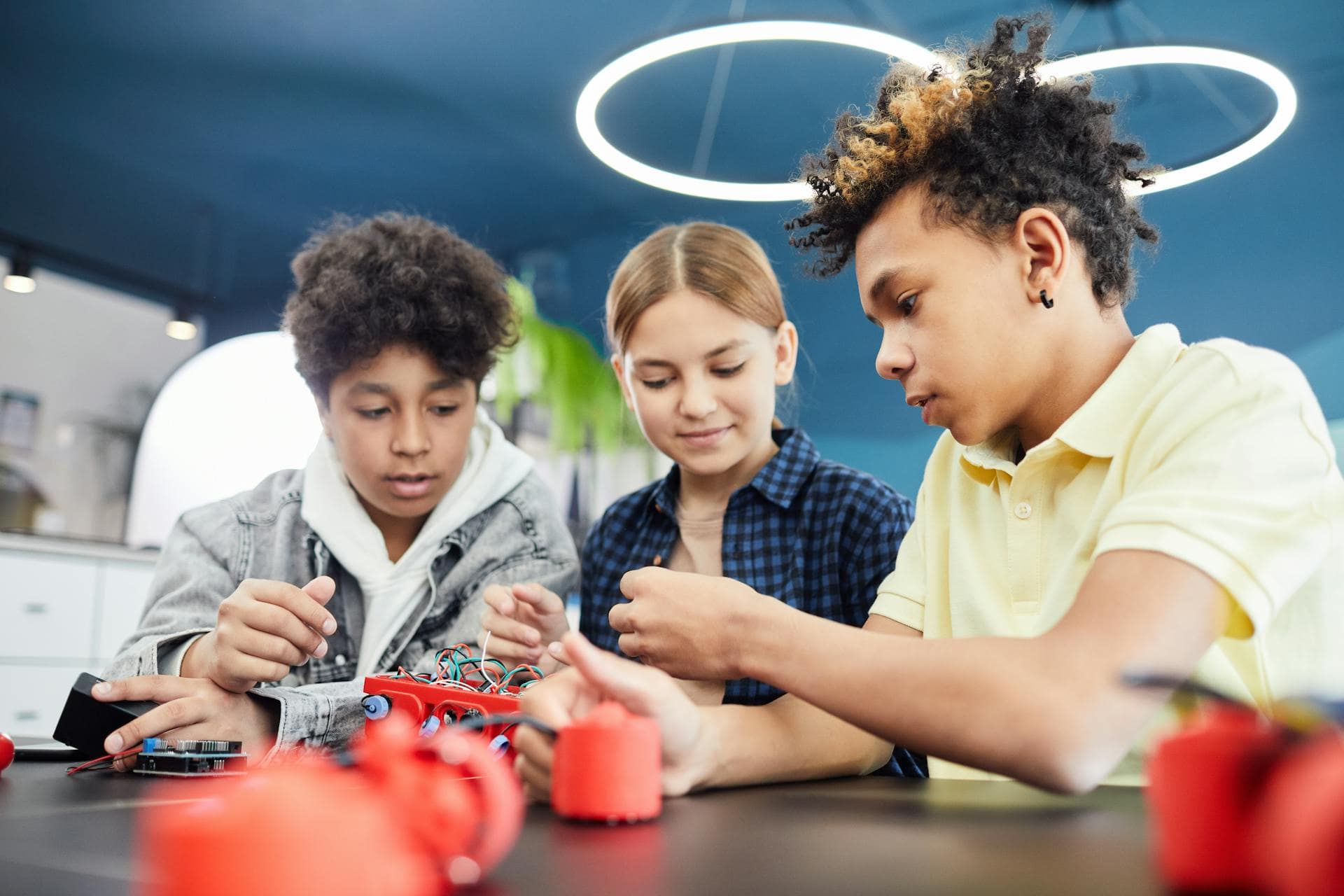
In the world of baby scientists – How does motor communication develop in the first year of life?
Across the first years of life, infants learn how to coordinate their actions (within-infant coordination) and adjust their behaviors to the efforts of their caregiver (dyadic coordination) across several modalities (like motor and vocal responses). But how does this coordination emerge? When do infants start to differentiate between various situational contexts?
In the MOVIN project, conducted in BabyLab at the Institute of Psychology, Polish Academy of Sciences in Warsaw, Poland, we have been investigating these questions. We invite infants and parents to visit us 4-5 times (which is quite a lot!). But it allows us to study in detail how the development of infants’ communication patterns changes at an early stage of life. It is known that babies use various modalities – visual, motor, and vocal in communication with their parents. However, it is not clear how they are able to choose increasingly more precise forms of response, such as vocal responses to their parents’ speech and motor actions while exploring an interesting toy together. We hypothesize that the ability to choose the right form of response is an essential part of learning to communicate with a parent and, therefore, can be significant in understanding the basics of later communication. In a series of three articles, we focused on better understanding the motor underpinnings of later communication.
We hypothesize that the ability to choose the right form of response is an essential part of learning to communicate with a parent and, therefore, can be significant in understanding the basics of later communication.
In the first paper of this project (Laudańska et al., 2022a), we analyzed the coordination of arm and leg movements in two different situations: free play and rhythmic rattles play with mothers. We measured changes in movements of the same babies between 4 and 12 months of age up to 4 times! We showed that the organization of infants’ limb movements changes during the first year of life, becoming dependent on the task’s demands around the first birthday. It is only around 9-12 months that babies are able to control their movements more effectively and adapt them more flexibly to a given situation.
Figure 1. Laboratory setting during one of the tasks (free play).
In the second paper (Laudańska et al., 2022b), we decided to investigate in more detail one of the particular play contexts – rattle-shaking – that requires highly repetitive and rhythmic arm movements. Again, we looked at the same infants on four occasions, tracking their movements between 4 and 12 months of age. We analyzed video recordings of infants and their moms and selected for further analysis only those moments when children made attempts to rattle on their own. It turned out that the overall number of such attempts did not change during the first year, and already 4-month-old babies were interested in making sounds on their own by shaking the rattle! Thanks to using wearable motion trackers, however, we know that as they get older, they become able to make more movements with the rattle in their hand and make them with greater frequency.
Interestingly, we also showed that the level of coherence between left and right arm movements increases with age. Infants at the end of the first year of life were more likely to rattle with both hands at the same time. As a result, they were more effective at producing sounds – providing more fun! This shows how motor synchronization in a rhythmic context diffuses throughout the body.
In the third paper (Kozioł et al., 2023), we investigated the patterns of unimanual reaching in 4-month-old babies. As our infant scientists played under the baby gym, reaching for various toys, we analyzed how the movement of their reaching arm was shaped compared to the non-reaching arm and feet. We noticed that the non-reaching arm tended to start its movement before the movement onset of the reaching arm. On the other hand, the legs’ movement tended to begin afterward. This pattern of results suggests that the seemingly uncontrolled movements accompanying reaching actually have a specific purpose – maintaining postural stability!
Overall, our results emphasize how much time babies need to spend actively performing various movements before they learn to organize their actions efficiently, and how this can be related to different task demands.
References
Laudańska, Z., López Pérez, D., Radkowska, A., Babis, K., Malinowska-Korczak, A., Wallot, S., & Tomalski, P. (2022a). Changes in the Complexity of Limb Movements during the First Year of Life across Different Tasks. Entropy, 24(4), 552. https://doi.org/10.3390/e24040552
Laudańska, Z., López Pérez, D., Kozioł, A., Radkowska, A., Babis, K., Malinowska-Korczak, A., & Tomalski, P. (2022b). Longitudinal changes in infants’ rhythmic arm movements during rattle-shaking play with mothers. Frontiers in Psychology, 13, 896319. https://doi.org/10.3389/fpsyg.2022.896319
Kozioł, A., López Pérez, D., Laudańska, Z., Malinowska-Korczak, A., Babis, K., Mykhailova, O., D’Souza, H., & Tomalski, P. (2023). Motor Overflow during Reaching in Infancy: Quantification of Limb Movement Using Inertial Motion Units. Sensors (Basel, Switzerland), 23(5), 2653. https://doi.org/10.3390/s23052653
Note: All images were provided by the author with permission to be shared in this post.




